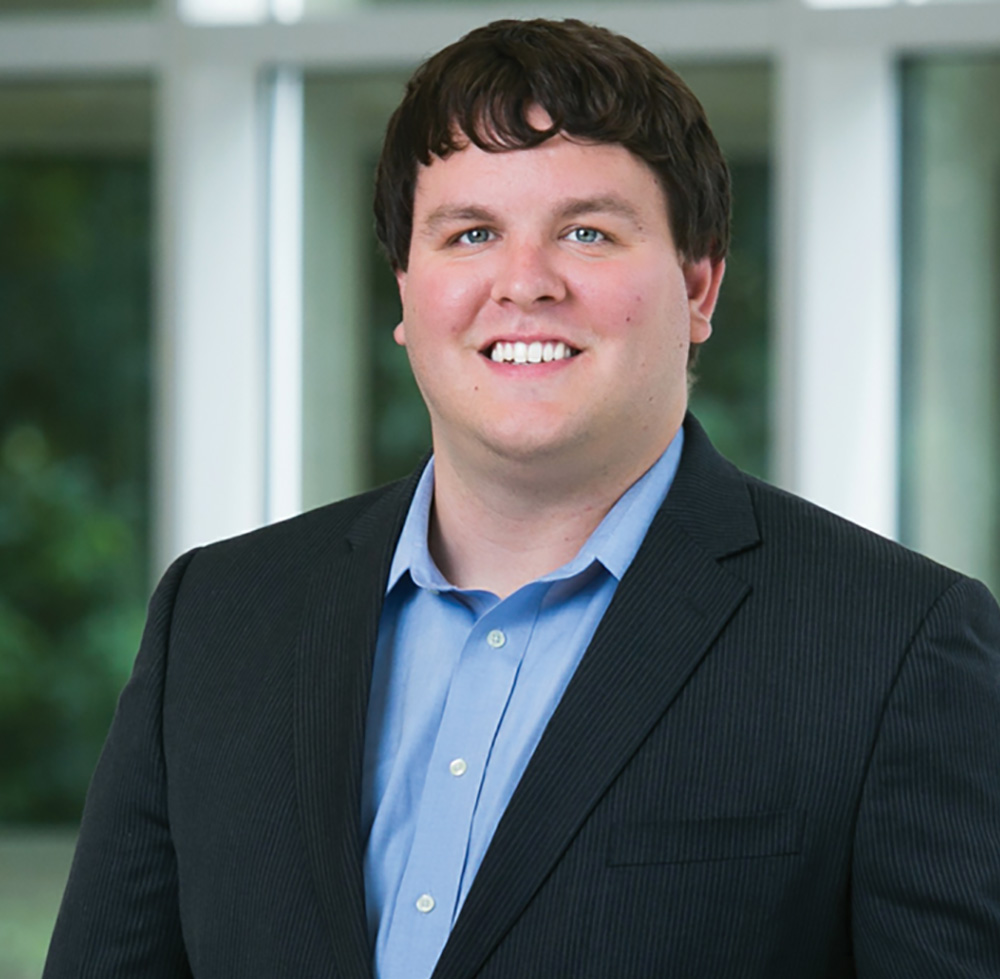A: It’s no mystery that the steel industry workforce is getting older. When I describe it as “older,” I am referring to the people, the talent and the decision-makers. Steel companies are still making many critical decisions based on tribal knowledge, gut feel or pure historical experience, so it is absolutely critical that companies within the steel industry begin to diversify their knowledge base, develop talent, and begin the process of succession planning and career development to ensure that their associates’ knowledge and experience doesn’t dwindle with each retirement.

A: Gone are the days that children grow up to join the industry of their parents, focusing on landing a long-term job and spending their career with just one company. This new generation of workers values different things, so a shift has occurred from stability and tenure to perceived value and contributing. We have felt this impact outside of the professional working arena, as well. The renewed focus on social issues and the demands for diversity of thought have been brought to the forefront. Successful companies need to look for ways to engage their associates and create paths forward for them.
A: When you think about career development of your own high-potential associates, I challenge you to think bigger, differently and creatively. Succession planning is not just looking at the organizational chart and moving someone vertically up the ladder.
Most key decision-makers in an organization have a diverse background, having spent time in multiple roles and several departments. It is because of that experience that they are viewed as true leaders and called upon to make tough decisions.
A common phrase used at NSPS—we need chess pieces, not checkers—captures this idea perfectly. Checkers move one dimensionally toward a common goal/end. Their movement is relatively basic and repetitive. When they encounter a problem, they only know one way to solve it: jump over the problem/piece.
In contrast, a chess piece can move in multiple directions, both forward and backward, in an attempt to out maneuver, out strategize and outthink an opponent. Each piece is uniquely valuable and requires the placement of others to be successful. Succession planning should be a game of developing chess pieces.
It is those fears that hold companies back from truly developing tomorrow’s leaders. Instead of refusing to move someone because of the small chance that something bad will happen, consider the much more likely scenario: The individual takes a little more training to get up and running, but once they do, they bring a fresh perspective and vision to the team. This person challenges even the highest performers on the team to think differently and has no problem pushing back on the status quo.
Looking even further into the future, when this associate comes back to the operational side of the business, their experience in other departments causes their decisions to be much clearer and formed with a well-rounded perspective. Their understanding of one or more parts of the business organization allows them to process high-level decisions differently. Now, they are infinitely more valuable and poised to become that next key decision-maker in the organization. Succession planning is neither a one-year deal nor is it a two-year plan. It is a three- to five-year organizational game plan and roadmap to success.
teampacesetter.com.